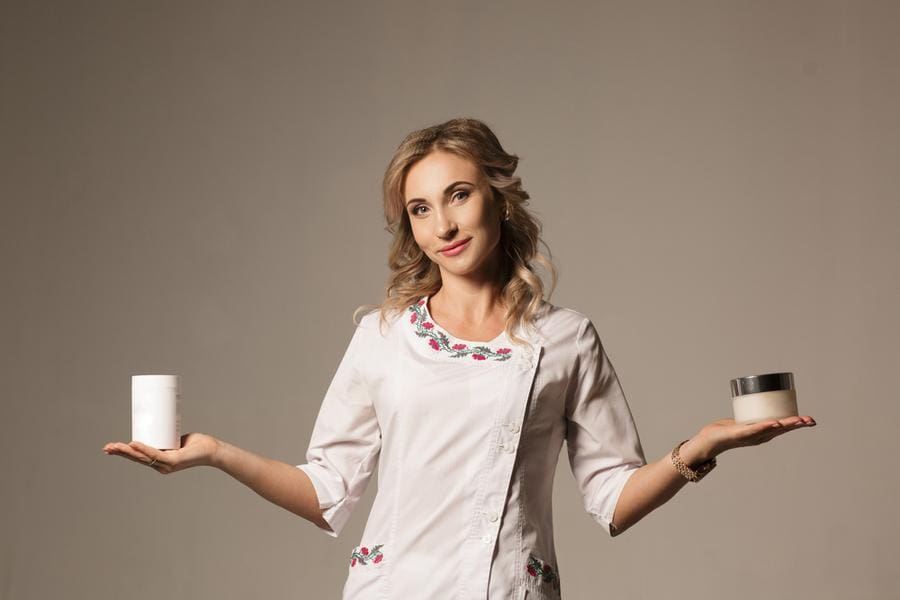If it seems like most of your skincare, makeup, and other beauty products come in plastic packaging, it’s because they do! In fact, a 2020 article from Allure cited a study from Euromonitor International that showed that in 2018, the U.S. accounted for nearly 7.9 billion units of rigid plastic from beauty and personal care products alone.
But it’s not just the beauty industry; the amount of plastic packaging for U.S. products has increased by over 120 times since 1960. And since we know that plastic = bad, you might think that glass would be a better option for our beauty product containers. Well, it’s not that simple!
Here are some reasons why glass might not be a better alternative than plastic after all.
Environmental Effects
One of the main reasons shipping glass is more expensive is because heavier products require more fuel – and fuel is costly. But more fuel also means more carbon emissions and, in effect, more negative impacts on the environment. Also, glass is made out of sand, a natural resource. This means it runs the risk of being exploited, much like forests, water, and other natural resources.
The Cost
Products that come in glass packaging are, for the most part, more expensive than glass. Why? It’s not just because glass looks and feels more luxurious. Glass costs more to make, while plastic is cheaper, easier, and more convenient. Glass is also, on average, three times heavier than plastic, which means it costs more to ship. On top of that, glass is more delicate than plastic, which means it requires more outer packaging to ensure that the containers don’t break during transit.
The Grim Truth About Recycling
But, isn’t this all worth it since glass can be infinitely recycled? Not quite. The EPA estimates that only one-third of glass packaging in the U.S. is actually recycled. And even if you do rinse out your glass containers and place them in the recycling bin, only 40 percent of glass thrown into single-stream recycling collections gets recycled. So what happens to it? It ends up in a landfill. And once it’s in the landfill, it could take almost 1 million years to decompose.
It is depressing – it seemed like glass was a great alternative when it came to sustainability, but there are better options! Think about renewable bamboo and other renewable materials; and refill programs are great to help reduce waste. Click here for some of our favorite brands leading the charge.
Additional Sources: Environmental Journal / Going Zero Waste






